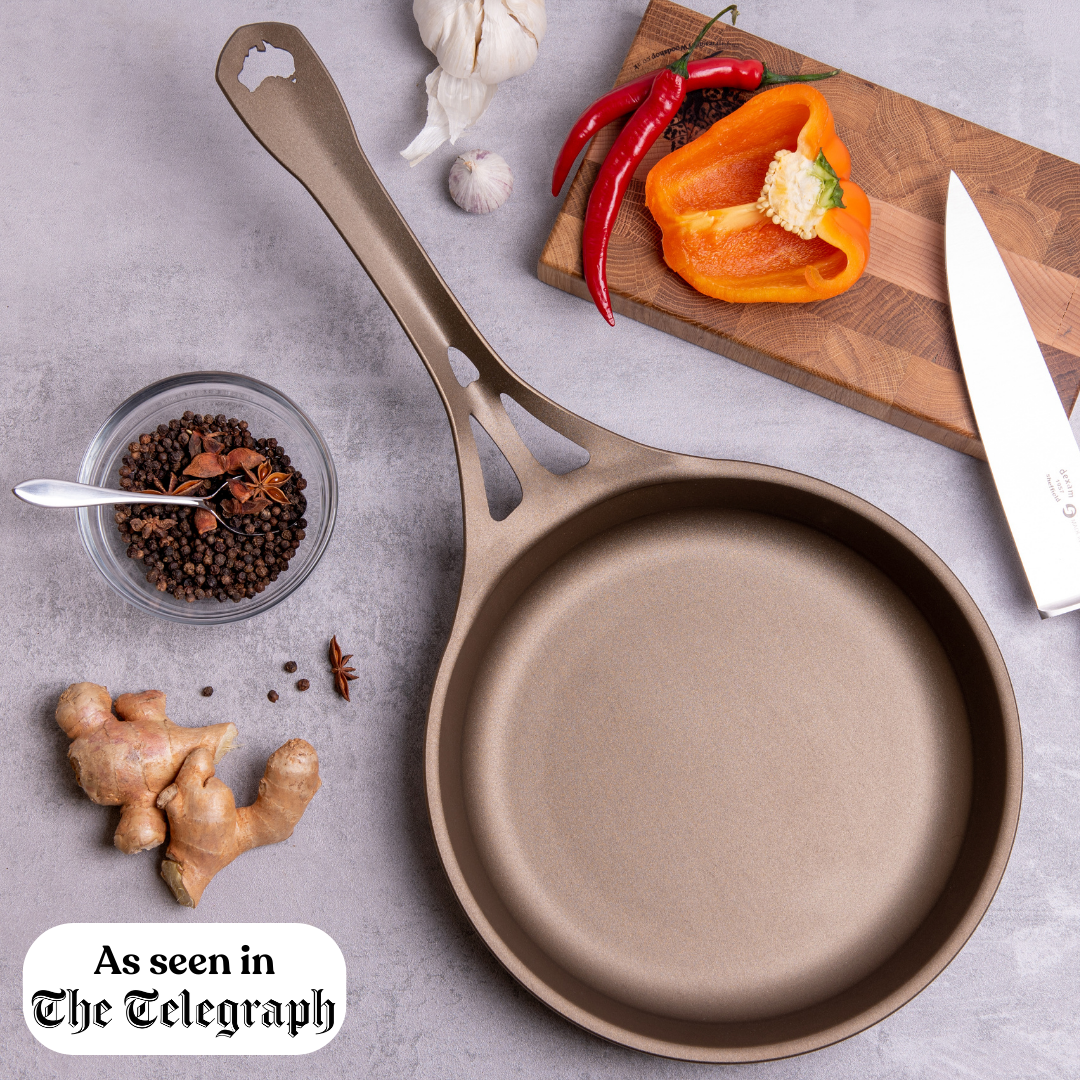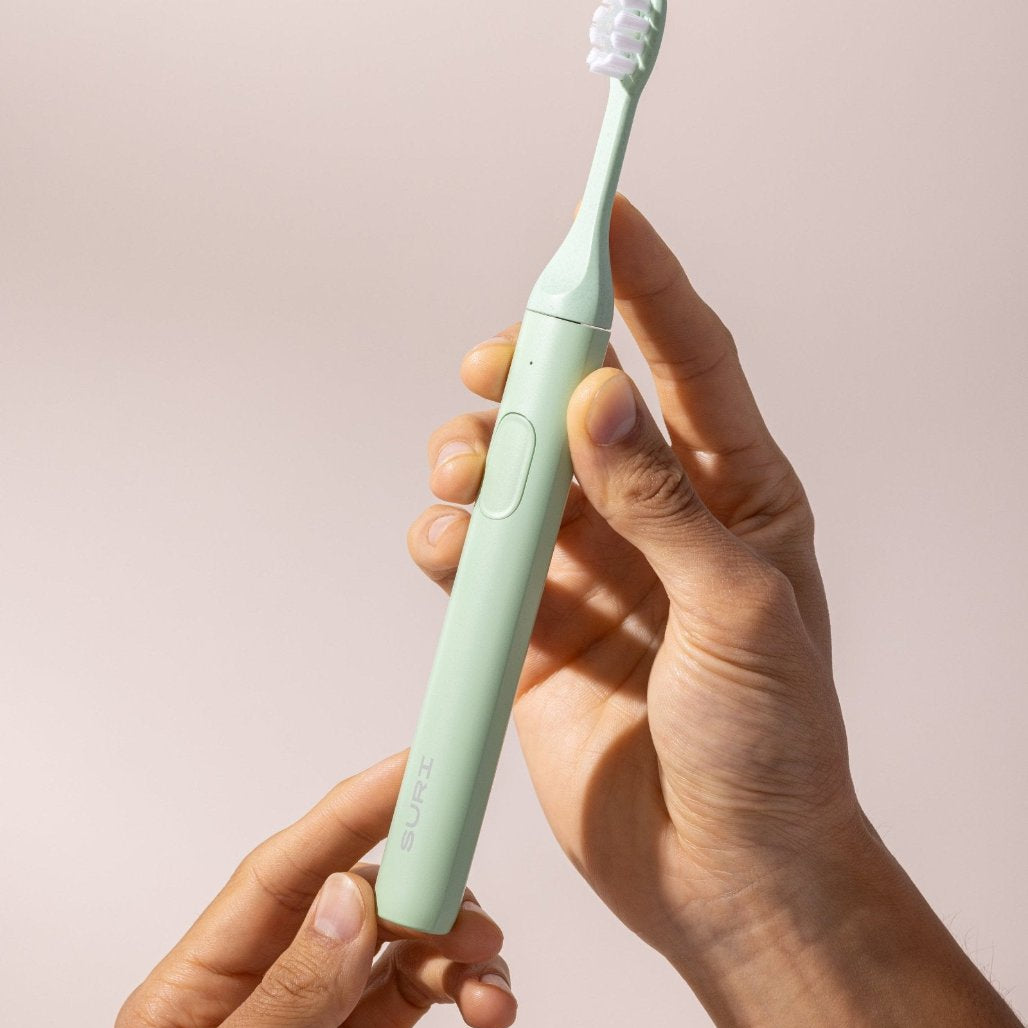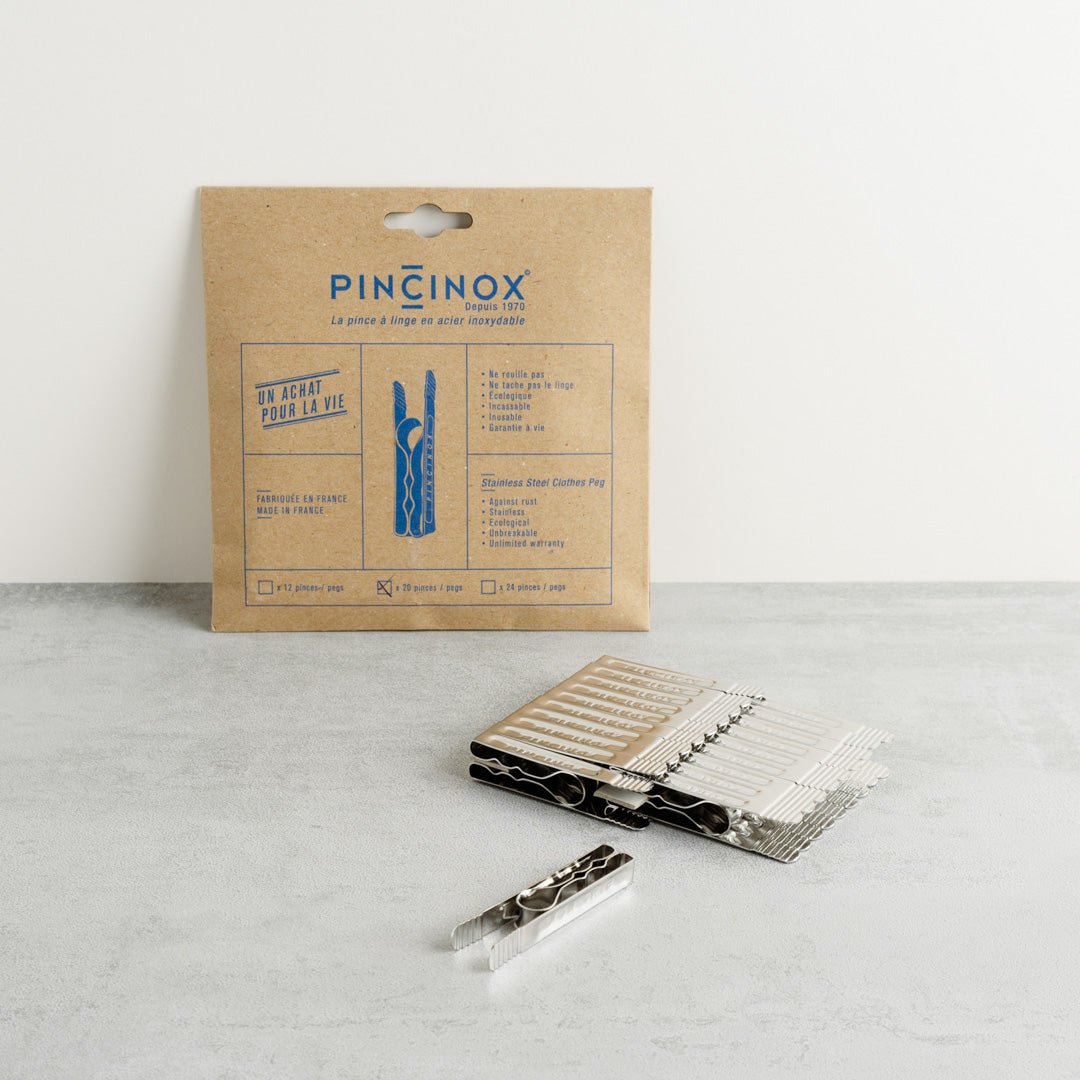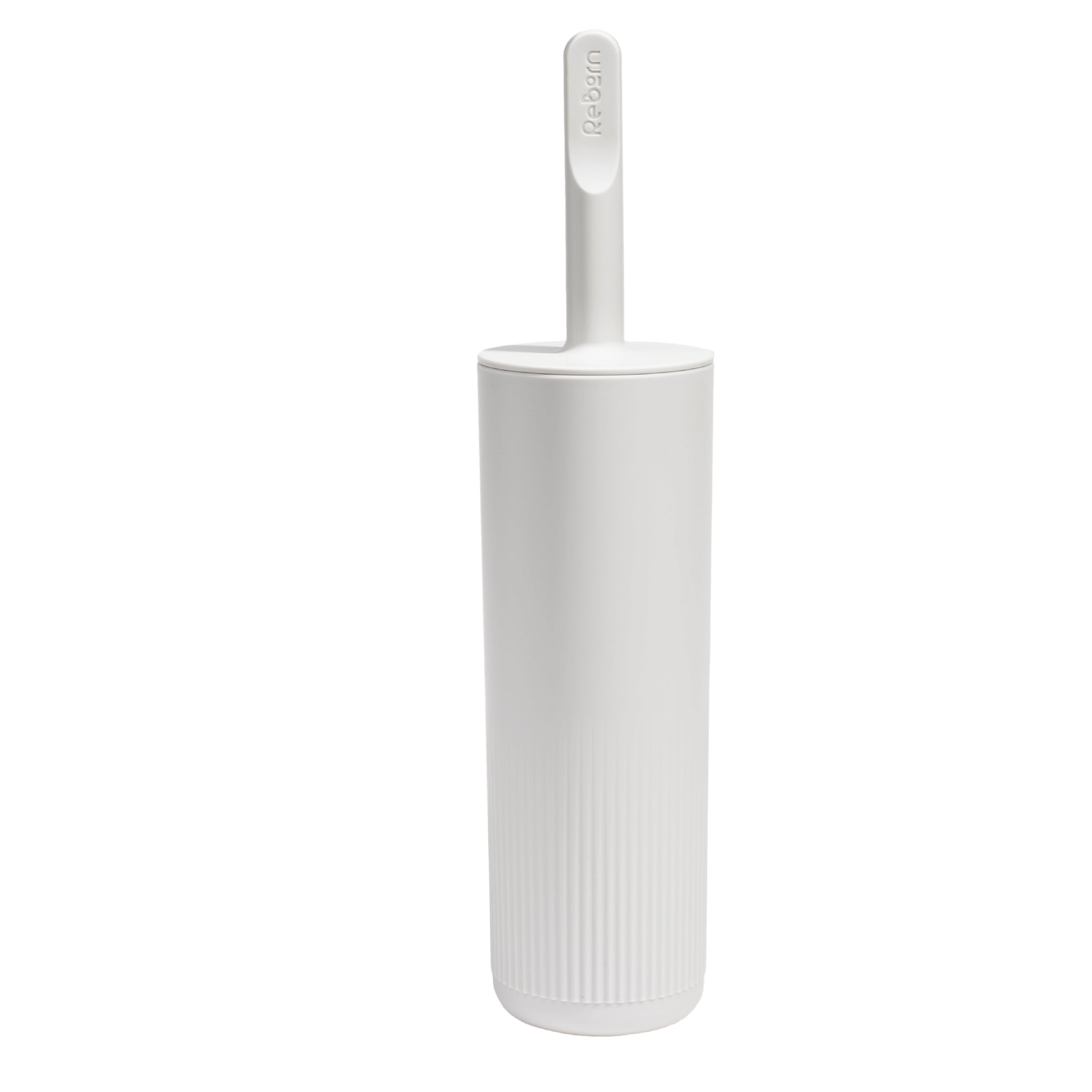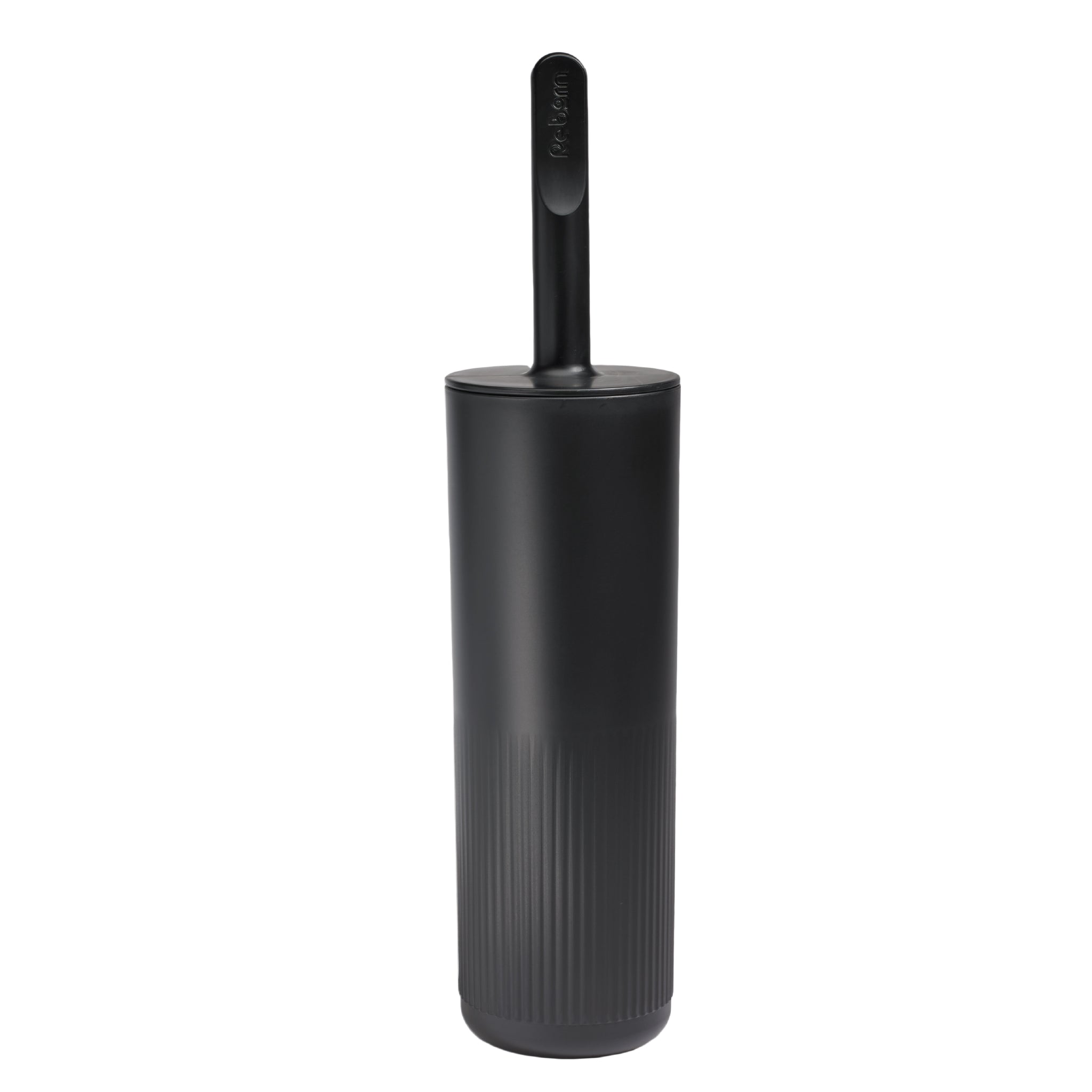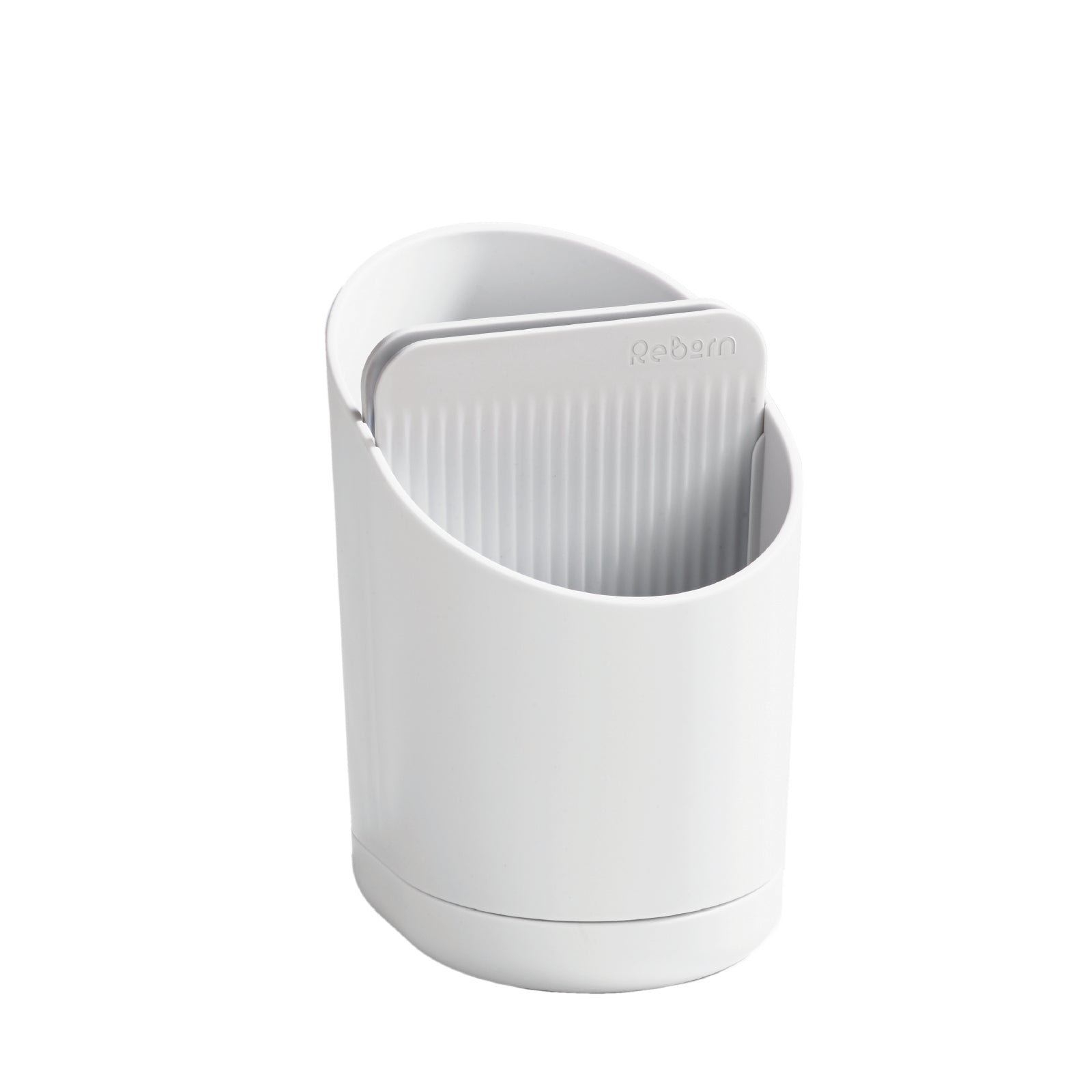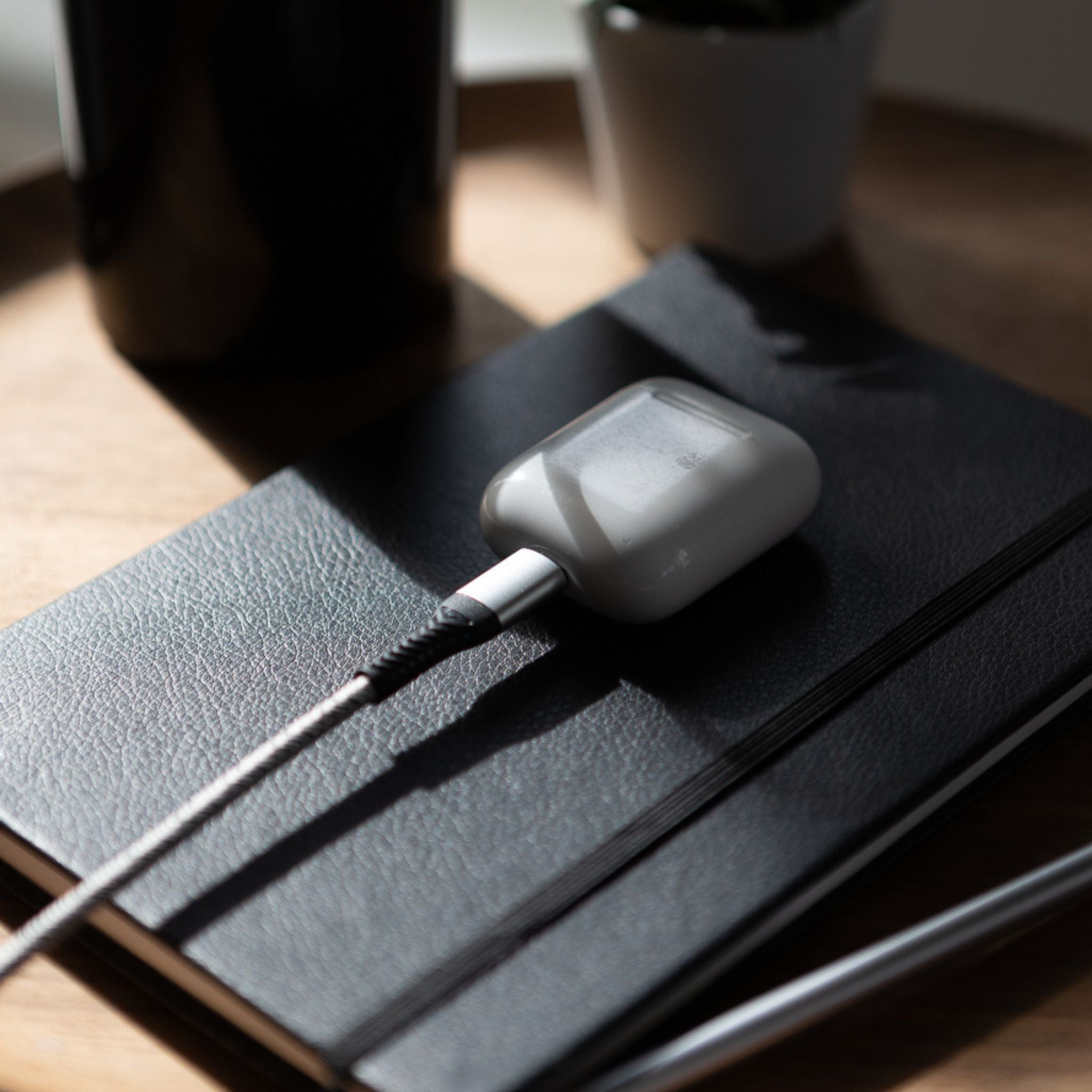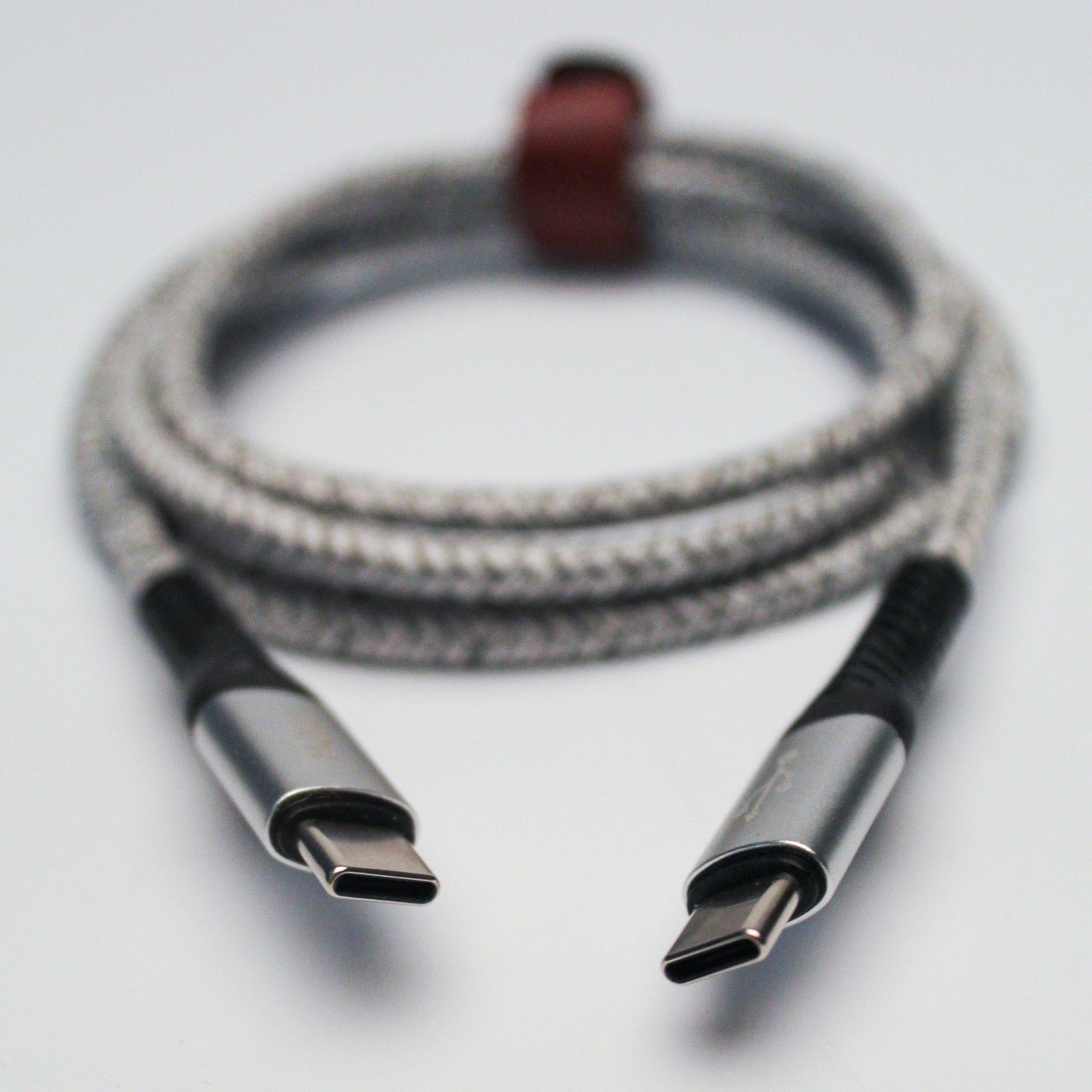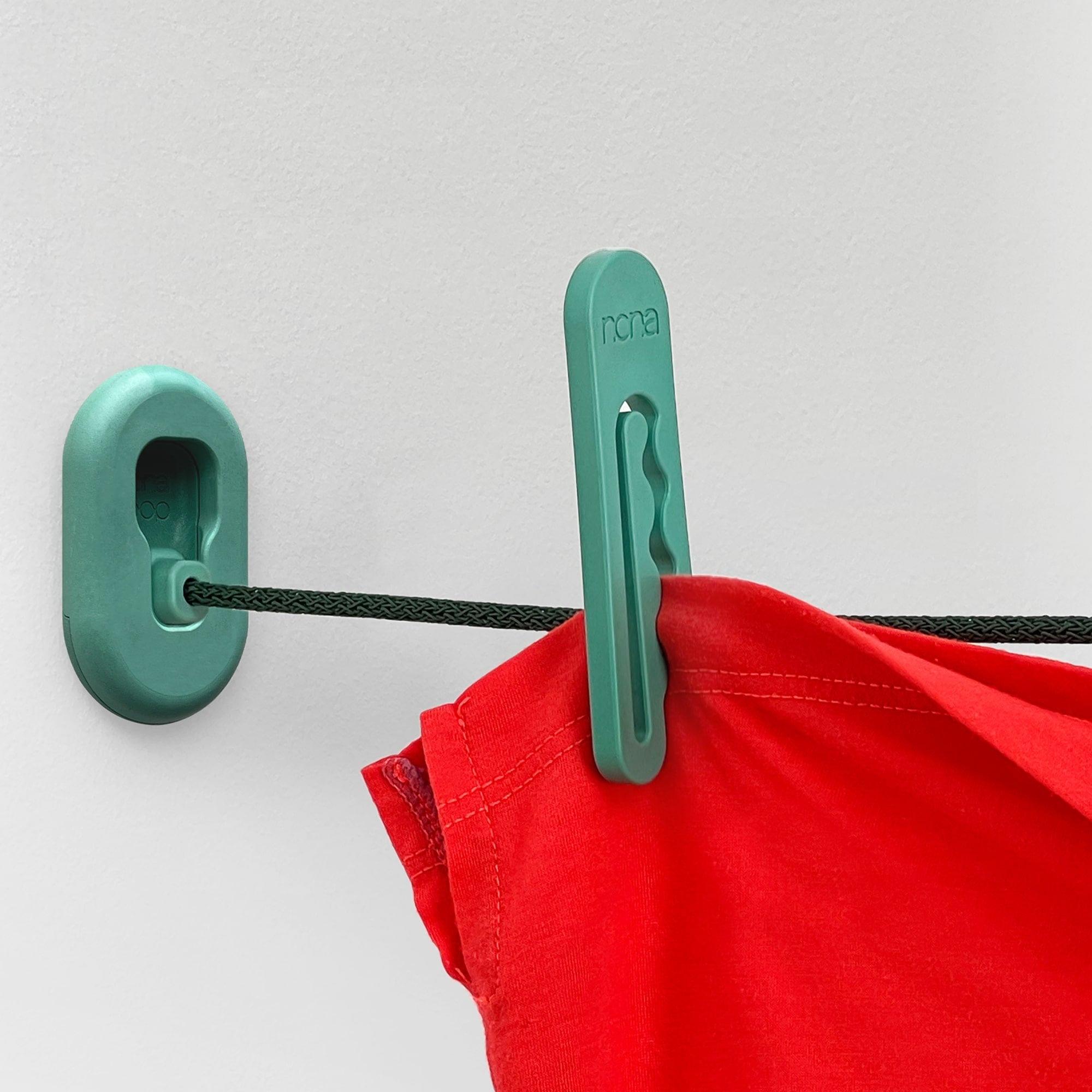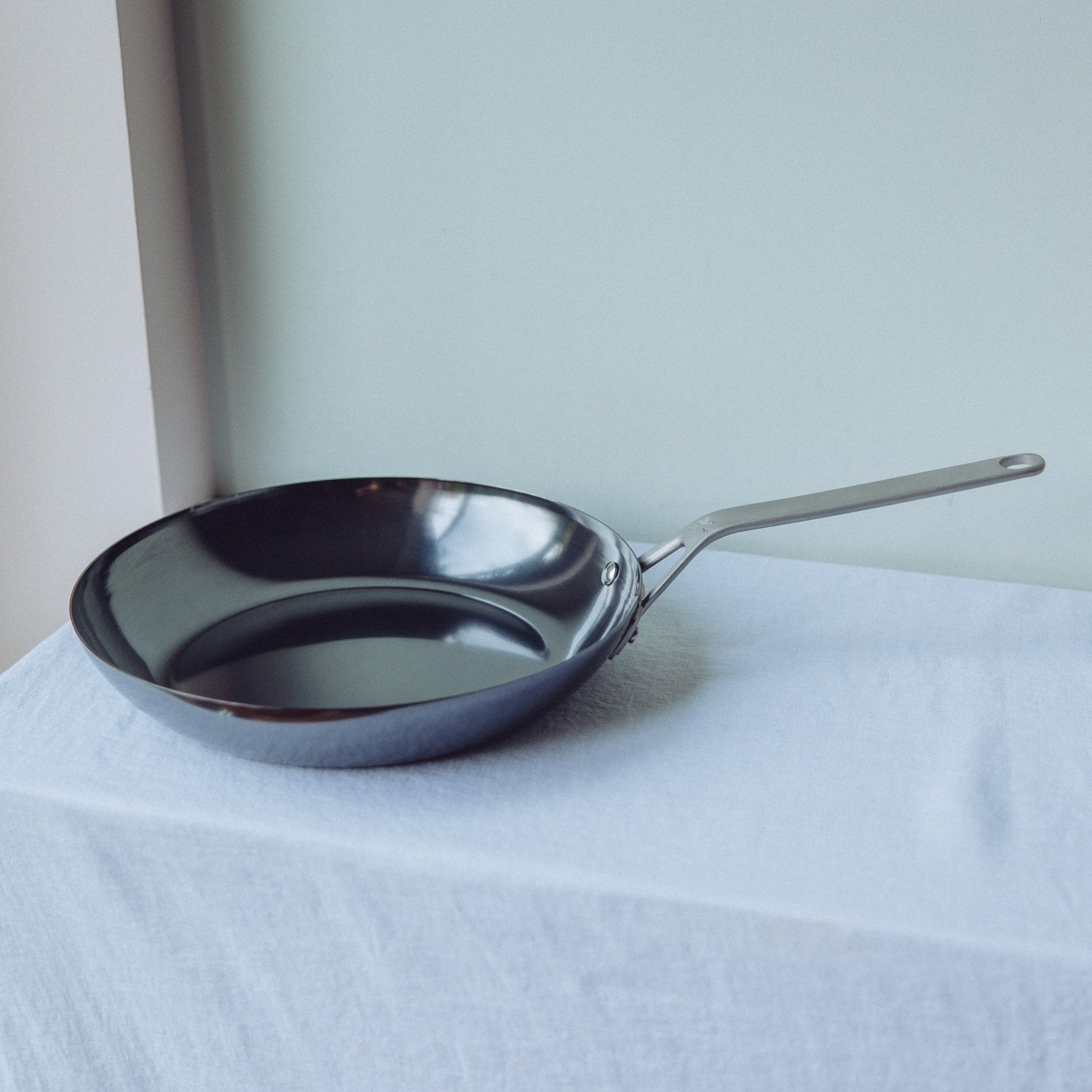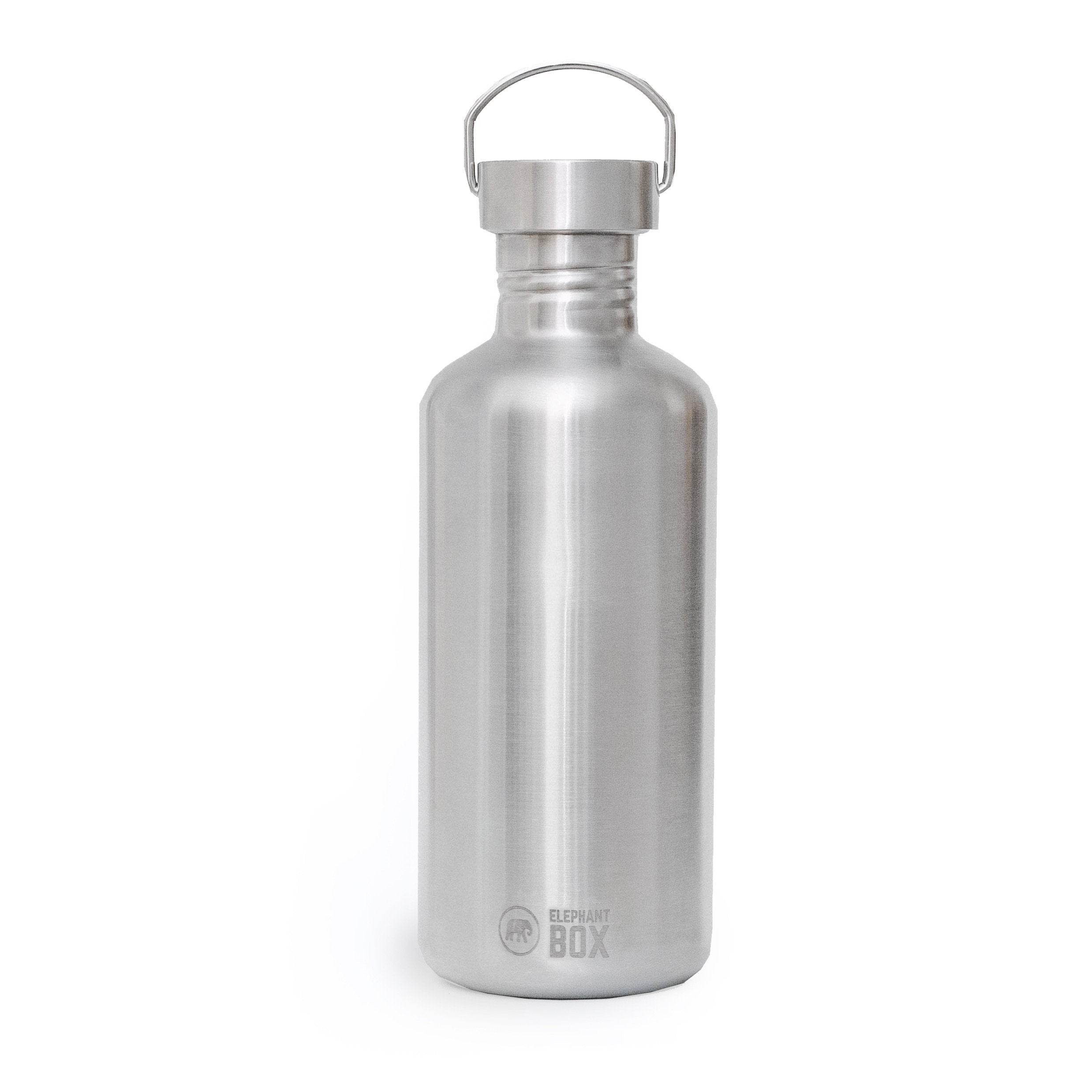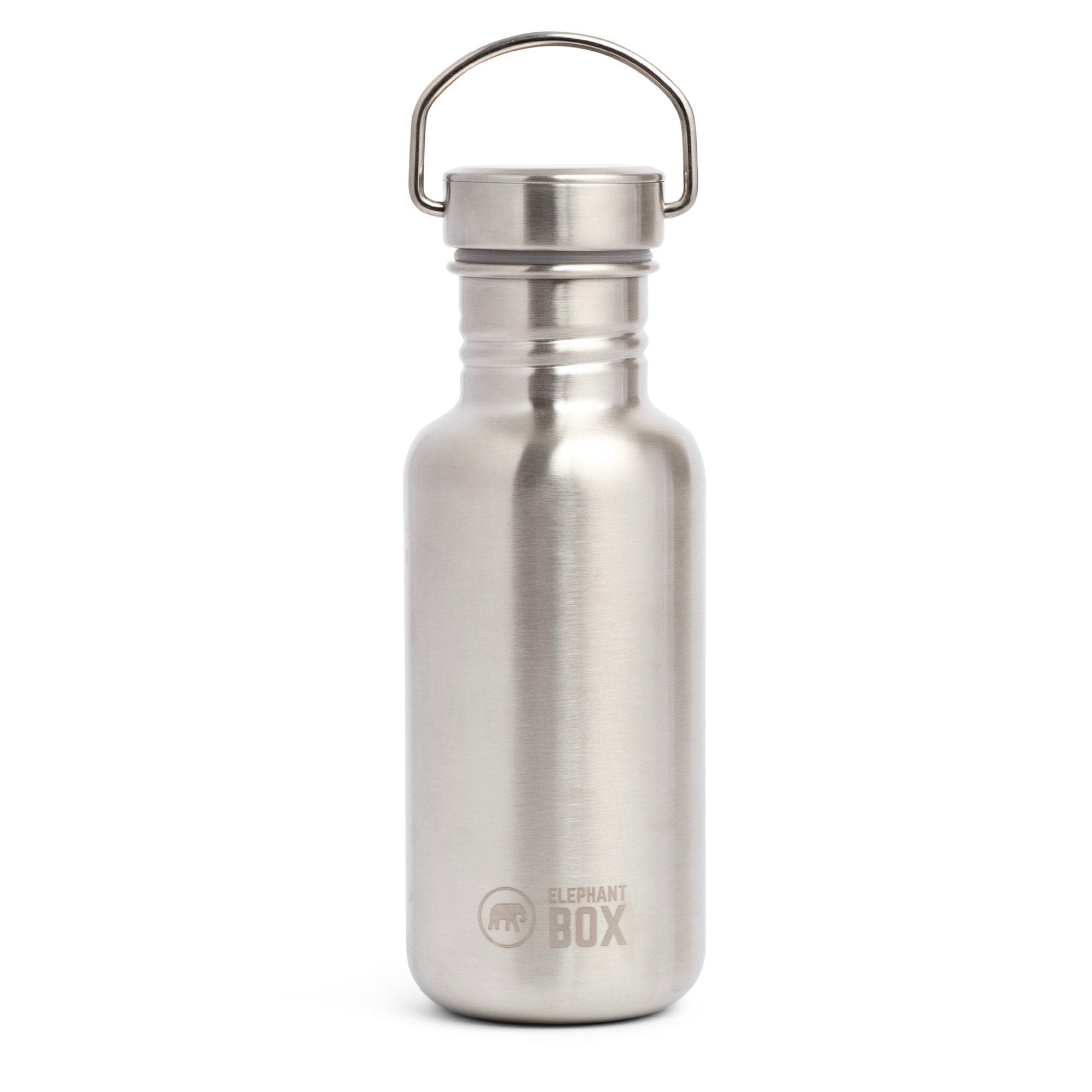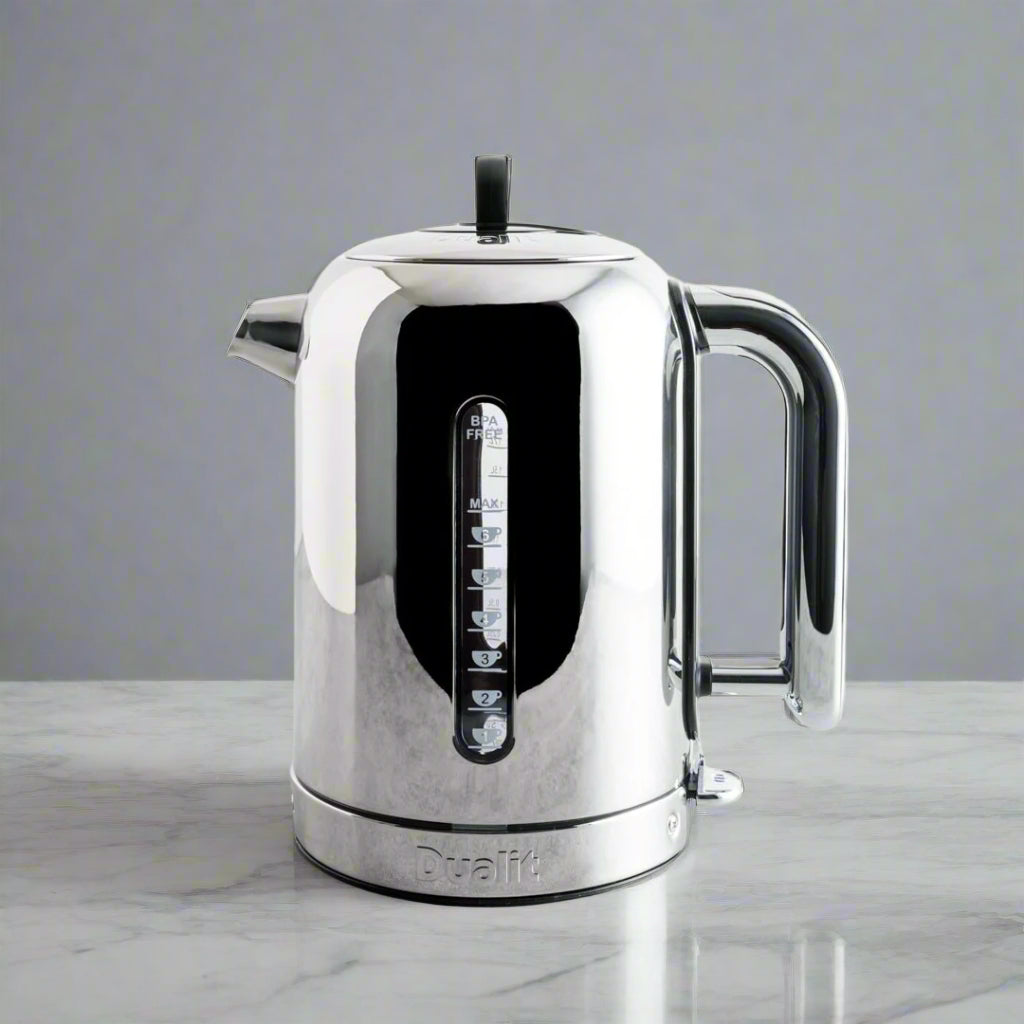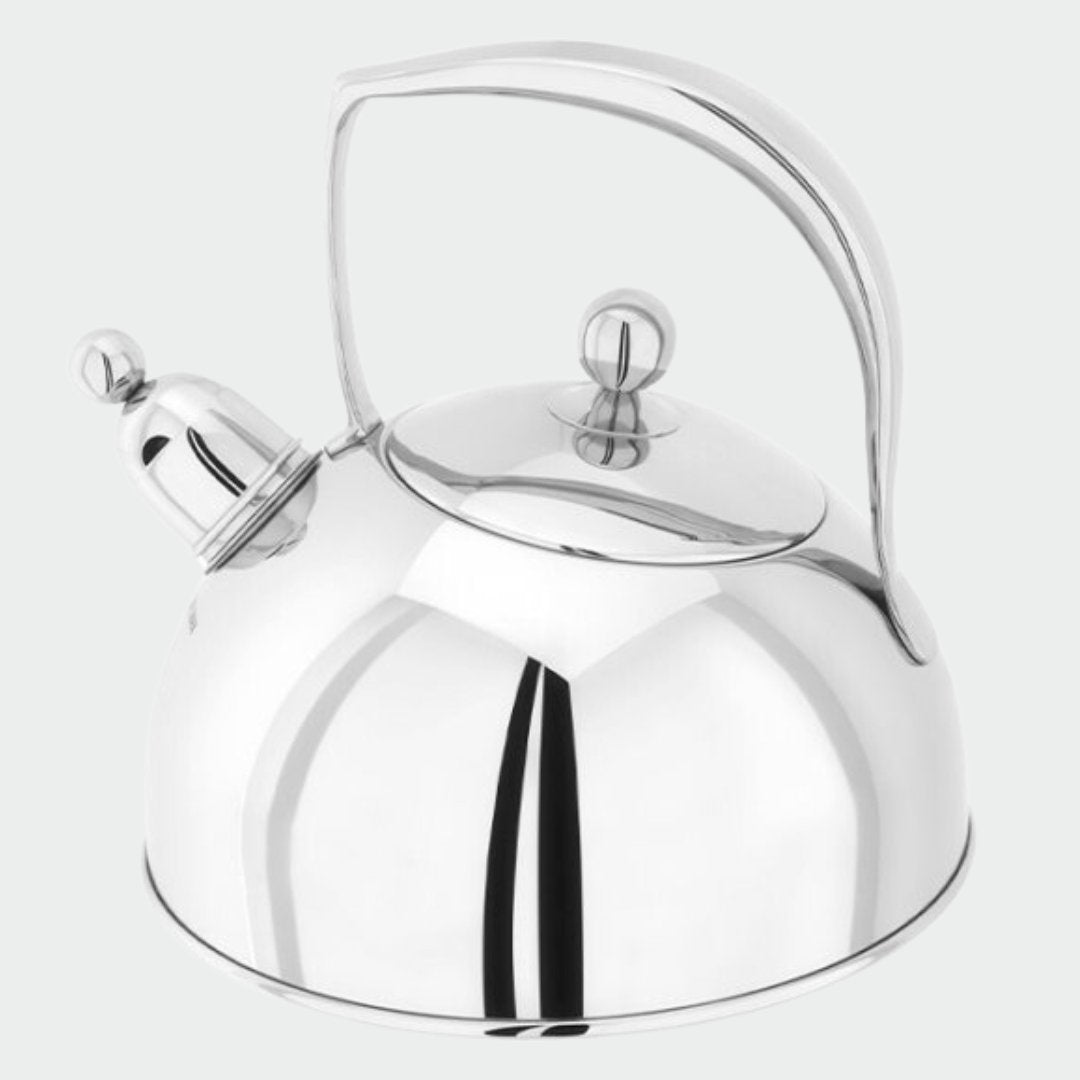Kettles
Dependable kettles that just get on with it. Whether you’re after an electric or stove-top kettle, these are built for daily use and made to last. Sturdy materials like stainless steel and glass mean fast boiling, easy cleaning and no fuss. Good for tea drinkers, busy kitchens and anyone tired of replacing the same kettle twice a year.
FAQs About Our Long-Lasting Kettles
What are the longest-lasting kettles available?
The longest-lasting kettles tend to be made from stainless steel or borosilicate glass, with few plastic parts and fixable components. You'll want to look for replaceable filters or fuses, plus a warranty of 5 years or longer. Stovetop kettles often win for longevity, but some electric models are built to go the distance too. It’s all about solid materials, smart design, and ease of repair. Learn about our research process here.
How do I properly descale and clean my kettle?
To descale and clean your kettle, fill it with equal parts white vinegar and water, bring it to the boil, and leave it to sit for 15–30 minutes. Rinse well, then boil again with fresh water. Doing this every 4–6 weeks keeps even the most durable kettles in fine fettle. If you’ve got stubborn hard water, citric acid is another good shout. For more cleaning tips, visit our care and repair hub.
Why do kettles get limescale, and how can I prevent it?
Kettles get limescale thanks to calcium and magnesium in hard water. As the water heats, these minerals form crusty deposits, mainly on the heating element. To prevent it, tip out unused water after boiling, descale monthly, and consider using a water filter or mesh limescale catcher. A bit of prevention now saves a kettle clapped out later.
How do electric kettles work compared to stovetop ones?
Electric kettles use a heating element powered by mains electricity, boiling water quickly and switching off automatically. Stovetop kettles sit on your hob and heat up the old-fashioned way - slower, but with fewer parts to break. Both types can be long-lasting if they’re made from quality materials and kept in good nick.
Are there cordless kettles and how do they function?
Yes, cordless kettles exist - and they’re rather handy. The ‘cordless’ bit means you can lift the kettle off its base freely, making pouring simpler and safer. The base stays plugged in, while a connection on the kettle's underside powers the element. Many long-lasting electric kettles are cordless, thanks to their fuss-free build and reliable parts.
Where are your stainless steel and glass kettles made?
Our stainless steel and glass kettles come from locations with strong manufacturing know-how, including the UK and parts of Europe. We look for responsibly sourced materials, repairable parts, and guarantees lasting up to 10 years. While origin varies by model, long-term quality and ethical production never take a back seat.
Why are some kettles so loud when boiling?
Some kettles get noisy due to bubbling water and scale on the heating element, which disrupts heat flow. Cheaper models may also rattle thanks to thin metal or loose fittings. The most durable kettles tend to be quieter, using thicker stainless steel and snug engineering. A regular descale works wonders for keeping the din down.
Looking for kettle accessories or matching items?
If your kettle’s getting an upgrade, have a peek at our durable tea and coffee implements. We’ve got smartly made teapots, mugs, coffee makers, and more - built to last and lovely to use. They make great companions for your kettle and a strong brew.

